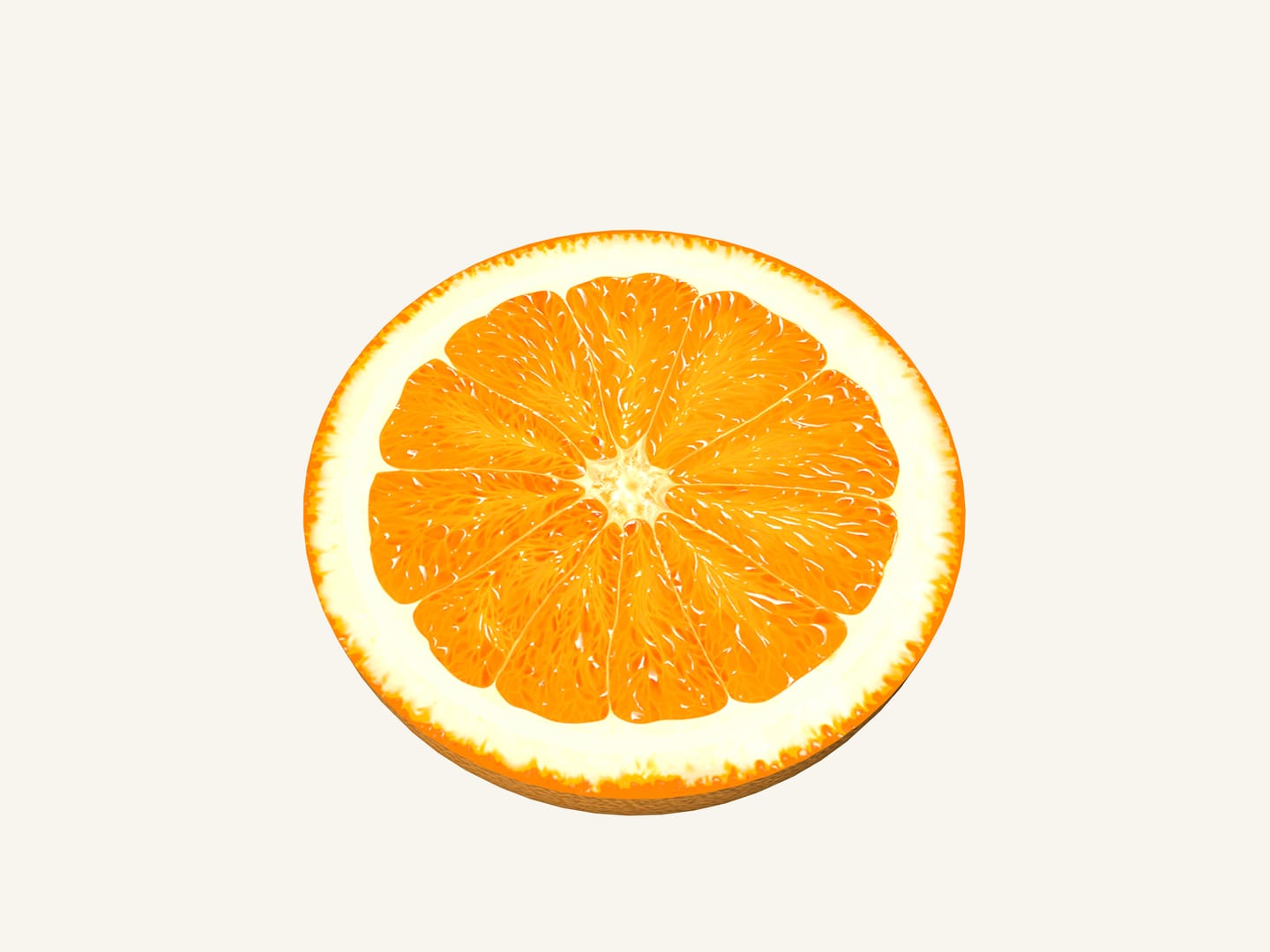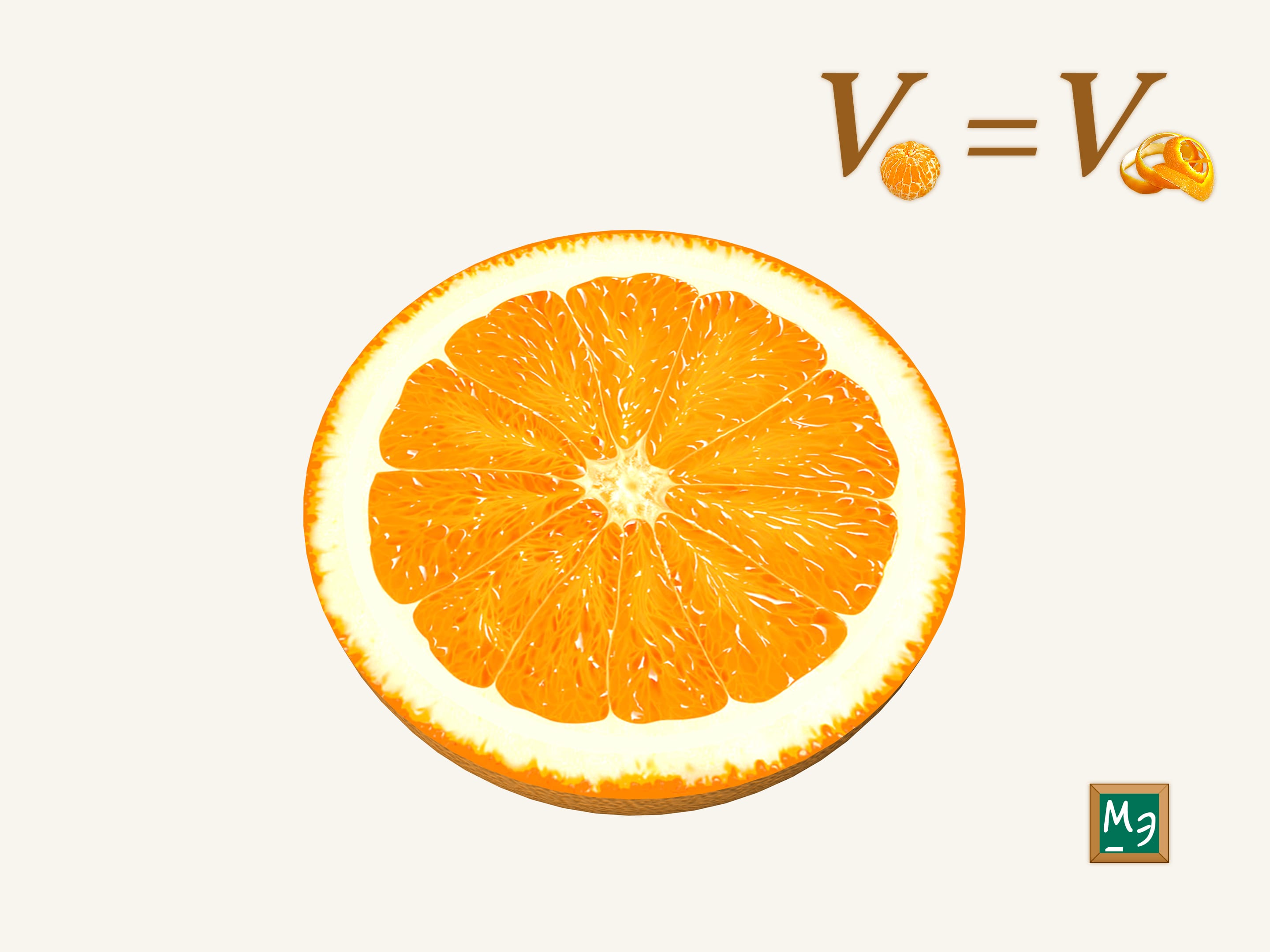If you burn a CD or a DVD using you computer, you'll see that the «dirty» part is darker that the «clean» one.
Lets look at the picture: does it have more free space than occupied?
From mathematical point of view, any CD or DVD is just a ring. The radius of the inner circle bounding the non-writable part equals two centimeters and the radius of the outer one equals six. Data is written on a spiral path which is unreeling from the inner circle to the outer. As the same quantity of data occupies the same length of the spiral segment, the amount of written data is proportional to the area of the filled ring.
Lets start burning our disk just as any computer does it. If the dirty ring's width equals the clean one's (2 centimeters each), it can be seen that the used part is much smaller than the rest. Even if we add the inner circle's area, where nothing can be written, the blank space will still be bigger..
To fill exactly a half of our CD, the inner circle should be approximately 2.5 centimeters in width and the outer around 1.5 centimeters.
Where does this effect come from?
A sphere on a plane is just a circle and it's volume is just the circle's area. As we all know, the area of a circle of radius $R$ equals $\pi R^2$. In order to compute the ring's area, we have to subtract the area of the inner circle that is not used, which is $\pi\cdot(R^2-r^2)$. nd as it depends on the square of every radius, the bigger is the outer radius: the bigger is the area if we fix our ring's width.
In our three-dimensional space the volume of a ball depends on the third power of it's radius. This means that our effect becomes even more dramatic: the considerable part is situated near the border!
Does this orange have more pulp or peel? Peel, as it seems, doesn't occupy much space but is situated near the border. On the given picture its volume equals the volume of the tasty part. Remember: when you buy an orange with a thick peel, you pay generally for the rind if one considers the volume.


















